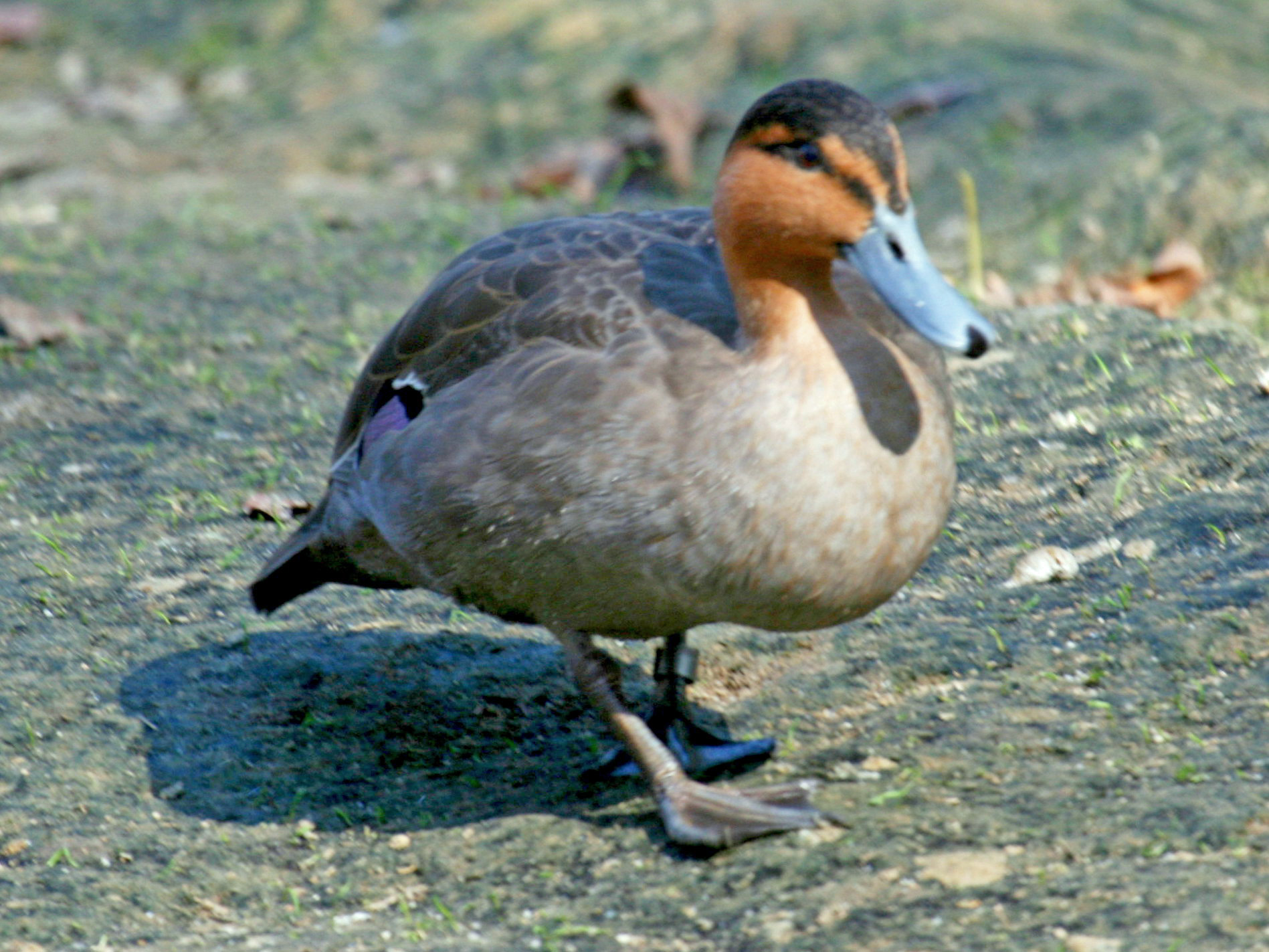
Philippine duck(Anas luzonica)
Phylum —chordata
Class — aves
Order — anseriformes
Family — anatidae
Genus –anas
Appearance
The Philippine duck is a large conspicuous duck. It has a black crown, nape and eye stripe, with a cinnamon head and neck. The rest of its body is greyish brown with a bright green speculum. Its legs are greyish brown, and its bill is bluish-grey. The female is somewhat smaller than the male, but is otherwise the same.
The length of an adult bird is 48-58 cm.
Habitat
The Philippine duck is known to inhabit all of the major Philippine islands and 8 minor islands.
Behavior
Its activity increases mostly early in the morning, late in the evening, and on moonlit nights. During this time, Philippine ducks usually feed in shallow water.
Diet
It eats shrimp, fish, insects, and vegetation, and it frequents all types of wetlands.
Reproduction
The breeding season usually takes place between March and November, with peak activity in July and August, although this may vary. The Philippine duck builds a nest far away from prying eyes under a thick cover of aquatic vegetation. The clutch consists of 8-10 eggs, sometimes up to 15-16, which are pale white with a brownish tinge. The eggs have been hatched for 25-26 days.
In captivity
Lifespan in captivity is up to 25 years.
In summer, Philippine ducks are kept in outdoor enclosures. The minimum size of the enclosure is 3 square meters.
In winter, they should be transferred to an insulated enclosure with a temperature of at least +15 °C. It is desirable to equip the enclosure with additives in the form of branches and perches. In the winter room, you must install a pool with running or frequently replaced water.
As a winter bedding for waterfowl, you can use soft hay, which is laid out in places where birds rest.
The diet includes grain feed-corn, wheat, barley, millet, oatmeal, wheat bran, grass, meat and fish meal, chalk, small shell, gammarus. In the warm season, it is good to give various greens - cut dandelion leaves, lettuce, plantain, duckweed. Good food for ducks - wet mixture of grated carrots, bran, various cereals. During the reproductive period and during molting, they are mixed with wet food or given separately: fish and minced meat.
Philippine ducks are friendly to other birds, so they can be kept on the same pond with other ducks.
Artificial shelters for nests are installed in the paddock. Ducks independently incubate, breed and raise ducklings.























